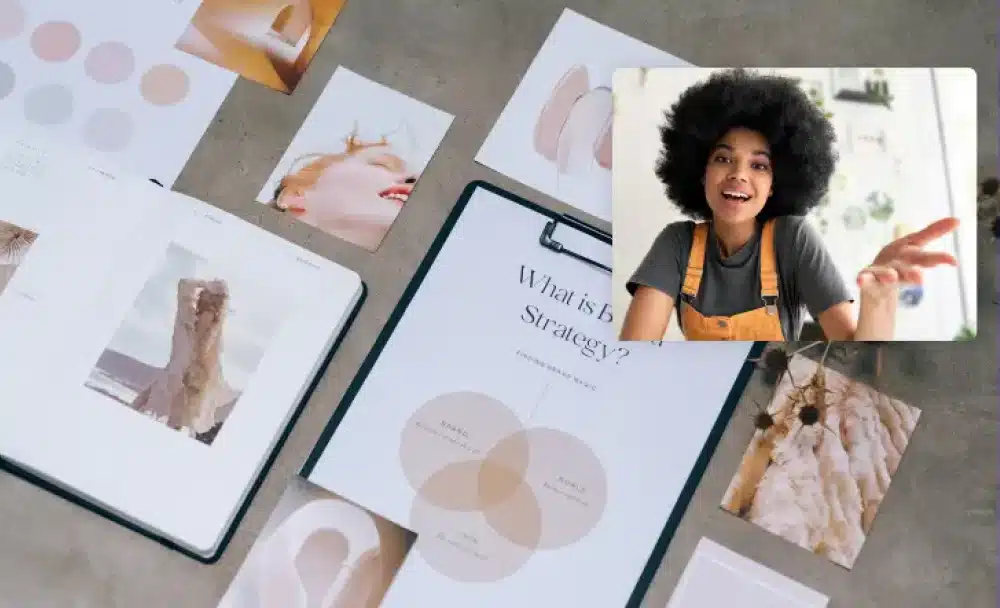Brand perception is not just a buzzword in the marketing world – it’s a critical element that shapes consumer behaviour and decision-making. The way consumers perceive your brand affects their trust, loyalty, and purchasing decisions.
Yet, mastering brand perception is not much of a joy ride. Most of the time, marketers and brand professionals will flat-out ignore it and focus only on brand identity – much to their loss, really.
In fact, the clash between your brand identity (a.k.a. how you would like to sound) and consumer brand perception (a.k.a. how your consumers hear you) can only morph into messaging mismatches, which will only frustrate your communication efforts.
So, how do you focus on and master consumer brand perception? In this blog post, we’ll show you how understanding your consumers through their narratives will help you discover, master, and influence their perception of your brand.
So what is Brand perception?
In short, brand perception refers to how the outside world views and interprets your brand. It encompasses your consumers? beliefs, attitudes, and impressions of a company, product, or service.
Brand perception is instrumental in shaping consumer behaviour in decision-making. Indeed, positive brand perception builds trust, loyalty, and consumer advocacy.
Think about it: don’t you have that one brand that, for your own reasons, you’re inexplicably loyal and attracted to? It may be a specific snack whose flavour elicits childhood memories, or a clothing brand that instantly makes you feel fashionable.

This leads to a key challenge: while companies may have one brand identity, they can have as many brand perceptions as they have consumers.
Circling back to our prior example, your favourite snack may be seen as unhealthy by others; your top-choice clothing brand as cheap or distasteful. And yet, both you and the rest of the world are exposed to the same brand!
How do you influence Brand perception?
As a marketer or a brand professional, it’s your role to choose what consumers you want to appeal to most, and how to influence their perception with your messaging. And the most traditional influencing tools you are going to use are:
- Branded promotion. Brand messaging and advertising play a significant role in how consumers perceive a brand.
- Customer experience. Interactions between consumers and the company at every step of the journey reflect the brand and values of the company. For instance, your customer service, website, or physical stores can shape brand perception.
- Online presence. Social media, review platforms, and online communities contribute to how a brand is perceived.
Yet, using these levers without understanding your customers is like shooting at a target blindfolded: you may have the fanciest and most efficient gun out there, but your chances of hitting the bullseye are slim.
To get to the bottom of consumer understanding and put your influencing levers to good use, you’ve got to gather deep and meaningful consumer insights. And one effective way to do that is via consumer narratives.
The key to perfect Brand perception: Consumer narratives
Consumer narratives are the stories and experiences that consumers share about their interactions with a brand. They hold tremendous importance because they offer unique insights into how consumers perceive your brand.
By capturing and analysing consumer narratives, businesses gain a deeper understanding of their target audience, their needs, and how they perceive their brand.
Qualitative consumer research, like unmoderated and moderated interviews, is perfect to help you collect your consumers’ stories. Ask your consumers to open up and share their stories on video: you’ll end up with a trove of deep, qualitative data you can use to understand how they see you and your brand.

In turn, you can use their insights to shape your branded promotion, consumer experience or online presence.
At GetWhy, we have spent the past four years building a proprietary AI-powered platform to help you do just that, with no qualitative research experience required. In simple terms, we have built an AI that has learned to code and structure information and emotions provided in video interviews into actionable insights.
This means that when our platform has captured video of, for example, 15 participants delivering interviews based on a designed study for brand perception, our AI will turn these interviews into structured data and clear, actionable insights within minutes. This task would normally take hours upon hours of work by experts listening to and analysing the data. If you want to learn more, you can book a demo here.
How to master Consumer narratives: a case story
Consumer narratives provide a wealth of information that businesses can use to uncover and improve the way consumers see your brand. By condensing individual stories into key themes, you can spot the common emotional drivers and produce actionable, contextualised insights.
But enough theory. Let’s see how EPOS used consumer insights to realign its brand efforts. The Danish Computer and Electronics Manufacturer used stories from its gaming audience to learn how its brand was perceived by gamers worldwide. It also learnt how it stacked against other popular gaming brands in terms of quality, prestige, reliability and gaming relevance.
By hearing stories from its audience, EPOS discovered how to refine its multimedia communication, the venues where it could promote its brand more aggressively, where gamers spent most of their time using its products, and why. You can read more about this story here.
Wrapping up?
Understanding brand perception is vital for businesses to establish strong connections with their target audience. Consumer narratives serve as a powerful tool in uncovering these perceptions, allowing businesses to make informed decisions to enhance their brand reputation.
As a marketing or brand professional you must embrace consumer narratives to influence brand perception effectively. So, listen to your consumers’ stories, analyse their experiences, and use these insights to shape your brand strategy. As a result, you will improve your brand’s position, attract loyal customers, and ultimately drive business success.

